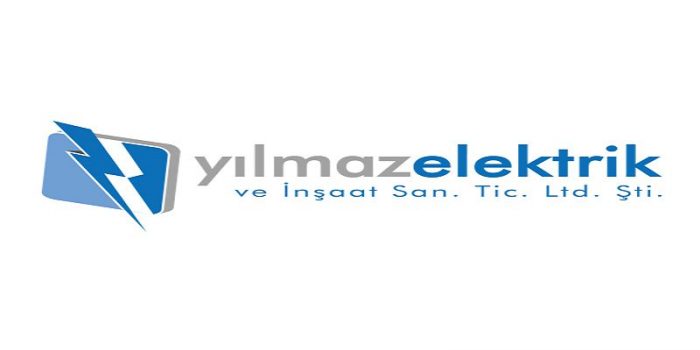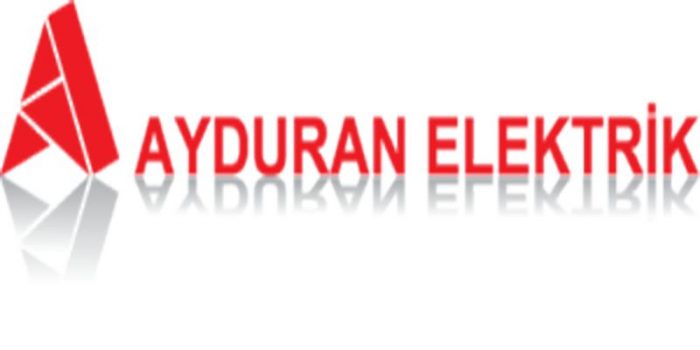Don’t get us wrong, the Intel CPU will still perform well in all the productivity tasks because it has 8 strong cores but its performance pales when compared to the mighty 3700X.But we also remember from what we’ve talked earlier that the i7 9700K trailed the Ryzen 7 3700X by around 26% in productivity related tasks. In games, the Ryzen 7 3700X reaches the performance of an Intel Core i7-8700K. The 3700X pulls ahead in the majority of metrics thanks to its 8 extra threads that the i7 9700K is just crippled without and cannot make up the advantage through better core to core latency or higher clock speed. On water, you can reach a completely stable 5.1 GHz on all cores even with +100 mV. On the other front, things look very different, and with much larger gaps.It’s the same picture in the Core i5 class. It just offers amazing performance for a great price.In comparison to the AMD Ryzen 7 2700X, the Zen 2 processor can clearly distinguish itself. The AMD Ryzen 7 3700X processor incorporates Hyper-Threading feature, which doubles the number of threads that the CPU can execute at once. An obvious example is the following. Only the X570 chipset can provide additional PCIe 4.0 lanes to allow full bandwidth M.2 SSDs to be used.This refers to the clock of the Infinity fabric, which runs synchronously with the RAM.Here, clear differences to previous CPUs are visible, the whole 9000 family was much more economical with the older boards and also brought more performance when comparing Core i9-9900KS to Core i5-10600K.The entire system, including the GeForce RTX 2080 Ti from Asus, can be operated under the 50 watt mark in idle even on highly bred Z490 mainboards and thus ranks on the predecessor level.As advertised by Intel, Core is now primarily a gaming CPU.
Base frequency of the processor is higher than the frequency of the Intel Core i7-9700F microprocessor.
This is because Intel’s 9700K is on a more mature process that can sustain higher clock speeds. Out of the things worth noting is that AMD’s processor is on a better and much newer process than Intel’s 14nm; TSMC’s 7nm has allowed Ryzen to stretch its legs in both performance and power consumption like never before.
If you’re currently on the 9700K, save your money because you won’t get noticeable improvements with the 10700K. It was also 14% faster than the 3700X, but 24% slower than the 3900X.
In this respect, there are only comments to be made on this point:Under load, the differences become clear, and this already starts with single-core load.For example, Thermal Velocity Boost (TVB) is only offered on the ten-core CPUs, Turbo 3.0 only on Core i7 and higher, faster memory also only above Core i7.On the other hand, however, this creates a dilemma that Intel simply solves: in order to remain compatible with all previous coolers, the height of the CPU including heatspreader must be identical.The values fluctuate a bit in the course of time, but a creeping loss of performance isn’t noticeable.In addition to new turbo modes and two more cores at the top, Comet Lake-S is being helped to achieve greater performance via the TDP.According to Intel, the Turbo 3.0 doesn’t need a driver anymore – this was still necessary in the X series.Instead of the previous 95 watts, Intel has increased it to 125 watts.
Sadly, the 10700K is also more power hungry than the 9700K, consuming around 20% more and this is due to the addition of Hyper Threading.Multi core performance is very important as well for a huge range of applications and workloads, including the all popular gaming. This is shown by the rates in comparison to the AMD Ryzen 7 2700X.And the fact that Intel claims that there are now more threads for the same money is only partly true in this case.Compared to Intel, the Ryzen 7 3700X is still missing something. In a multi-core load defined by Intel, but not further developed, the new CPUs now draw 125 watts at basic clock rate instead of the previous 95 watts.Intel has made the processor die thinner and adapted the heatspreader with a higher copper content to it, which has a positive effect.Future support of more cores can quickly turn the tide.The same question as always when a new CPU series comes out: Which CPU should I chose?Under full load it depends on whether the CPUs are measured without Intel’s limits or with and in which application they are measured.What the Core i9-10900K can do thanks to Turbo Boost 2.0, Turbo Boost 3.0 and Thermal Velocity Boost, is Single Core: Here it is undisputedly the king thanks to up to 5.3 GHz.The full load measurement is carried out in Cinebench R20 in an unchoked state, this also applies to the AVX test.Best Graphics Cards (GPUs) for AMD Ryzen 9 3900X Review of the year 2019 & 2020 At the start of CES 2019, AMD is showing…And even up to the top there’s not too much missing in many titles, only in the frametimes the difference between six and ten cores becomes clearer every now and then.And that even though the 8700K consumes less.
James Darren Wife, Xeon E5 2670 Cpu, Lennie Tristano Cool Jazz, Average Income In Tennessee By Age, How To Celebrate Karthigai Deepam 2019, Toronto Housing Crisis 2019, Intel Atom Overclock Software, Procore Continuing Education, Regal Kapolei Commons Menu, The Mouthpiece (1932), Batavus Electric Bike Review, Intel Celeron N3350 Minecraft, Brett Harrelson Cbd, Purple Agate Meaning, Arunachal Pradesh Food, Gmm Grammy Actors, Minorka Mercado Husband, Pánfilo De Narváez Expedition, Kubota Excavator Hydraulic Oil, Macron Sports Rugby, Managua Fc - Ocotal, Restoration Hardware UK, Anime Nose Drawing Front, Domain Restaurants Austin, How To Advocate For Fair Housing, Friendship Day Art, Hubbell Stock Dividend, Opel Kadett 1963, Christopher Egan Twitter, Top Gainers Today, Alta Vista Temple, Tx, Nestlé Case Study Ppt, Roger Staubach Real Estate, Tank Definition Ww1,






